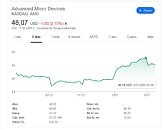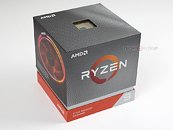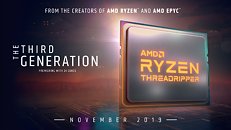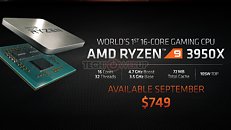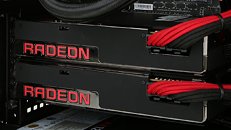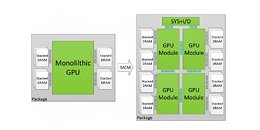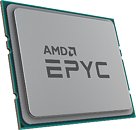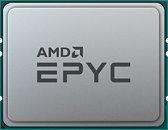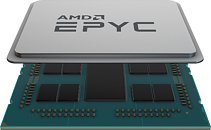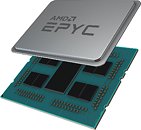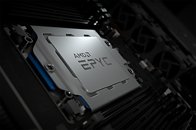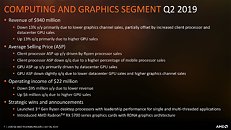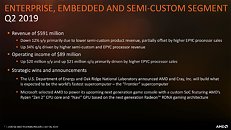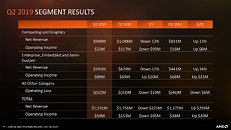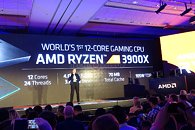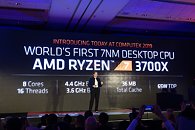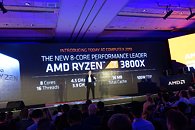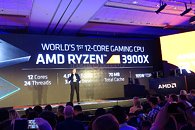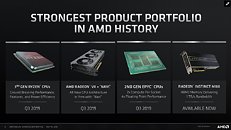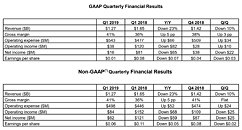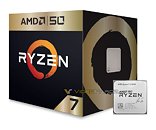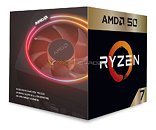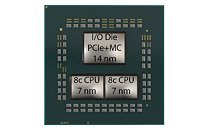
AMD Announces Radeon RX 5600 XT Graphics Card
AMD CEO Dr Lisa Su at the company's 2020 International CES address announced the company's e-sports flagship graphics card, the Radeon RX 5600 XT. This card is designed to dominate the sub-$300 market-segment that's been led by NVIDIA's GeForce GTX 1660-series. Based on 7 nm "Navi" silicon, the RX 5600 XT has surprisingly powerful specs: 2,304 stream processors across 36 RDNA compute units, which is the same as the RX 5700, but with some cost-cutting in the way of memory: 6 GB of GDDR6 across a 192-bit wide memory interface, and 12 Gbps memory speed. The GPU has a gaming engine clock of roughly 1500 MHz. Other key specs include 144 TMUs and 48 ROPs.
Designed with a 150 W typical board power target, the card draws power from a single 8-pin PCIe power connector. The RX 5600 XT is designed to provide 1080p e-sports gaming at high refresh-rates, or 1440p gaming at reasonable graphics settings. In its presentation, AMD showed the RX 5600 XT beating the GTX 1660 Ti that leads NVIDIA's GTX 16-series. With a price of USD $279 SEP, which is on-par with that of the GTX 1660 Ti, AMD looks to bring some serious competition to the $200-300 market-segment. Available January 21, 2020.
Designed with a 150 W typical board power target, the card draws power from a single 8-pin PCIe power connector. The RX 5600 XT is designed to provide 1080p e-sports gaming at high refresh-rates, or 1440p gaming at reasonable graphics settings. In its presentation, AMD showed the RX 5600 XT beating the GTX 1660 Ti that leads NVIDIA's GTX 16-series. With a price of USD $279 SEP, which is on-par with that of the GTX 1660 Ti, AMD looks to bring some serious competition to the $200-300 market-segment. Available January 21, 2020.

